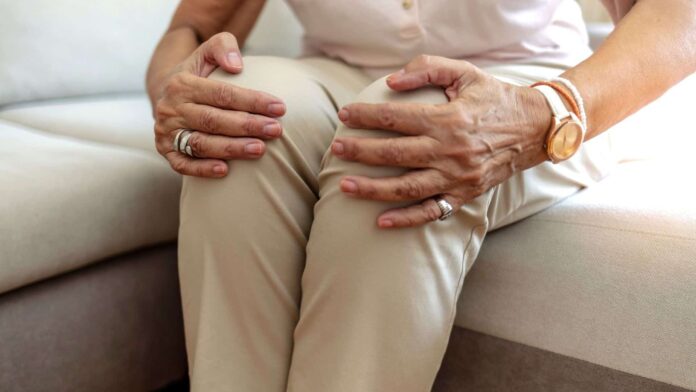In a world where osteoarthritis affects more and more people, medicine is advancing to provide personalized solutions that optimize the patients' quality of life. This degenerative disease of the articular cartilage, which causes pain and stiffness in joints such as the knee, hip, and shoulder, is not exclusive to the elderly. Factors such as sedentary lifestyle, overweight, and poorly healed injuries can also trigger it.
Dr. Andrés Borja Jara, an expert in Traumatology at Quirónsalud Vitoria Hospital, highlights the importance of an accurate diagnosis and a stepwise therapeutic approach. The initial treatment focuses on physiotherapy, exercise and lifestyle changes, while infiltrations are considered when necessary. Surgery is the last resort, reserved for those cases in which other interventions have not been successful.
The surgery adapts to the individual patient's needs. As Dr. Borja Jara explains, joint preservation is prioritized through techniques such as arthroscopy or osteotomy, while in more severe cases, prostheses may be the solution to restore autonomy and quality of life. Personalization is key, and it is complemented by a structured rehabilitation to achieve optimal results.
In recent years, technological advances have allowed the refinement of minimally invasive techniques and have introduced digital and robotic assistance, thereby increasing surgical precision. Additionally, biological therapies offer new possibilities, along with more durable implants and rehabilitation protocols that promote a rapid return to daily activities.
Postoperative recovery varies according to the patient and the technique employed. Dr. Borja Jara notes that early mobilization is initiated with the support of crutches and specialized physical therapy. Depending on the joint operated on, the recovery time can range from three months to a year. It is crucial to set realistic expectations about pain reduction and the return of autonomy from the outset of the process.
In this way, personalized surgery becomes a powerful ally, not only for regaining movement but also for the holistic well-being of each patient, adapting to their unique needs to restore to them a full and active life.



